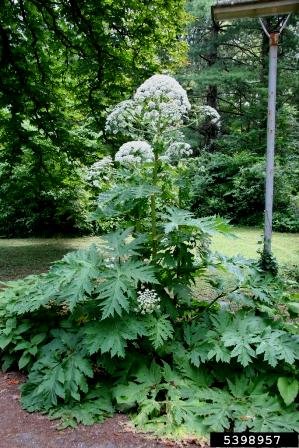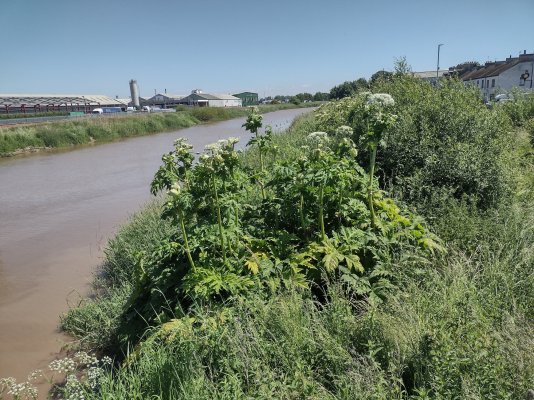It's a danger in Ireland again, sounds as bad as Triffids.
A GP is warning the public about the dangers of a giant weed which can result in serious burns resulting in hospitalisation.
Dr Justin Kwong said he has dealt with several cases so far this summer and feels it is important to warn people about the dangers of giant hogweed.
Giant hogweed is widespread around Ireland at this time of the year and is usually found around areas which are quite sunny, which have moist soil. It is also found in bogs, fens, grasslands, woodland, urban, agricultural and horticultural areas. The weed can grow up to a maximum of 12ft or up to 5m in height with clumps of white flowers.
Initially, the species was brought to Ireland as an ornamental plant of parks and gardens. Its seeds can travel on the wind and in water, meaning that it can travel relatively easily in the right conditions. It may be unintentionally spread further by contaminated soil.
Dr Kwong said: “The sap is toxic and can cause severe burns and blisters on the skin that can last for a long time and will be extremely sensitive to sunlight.
https://www.irishexaminer.com/news/arid-40334396.html





